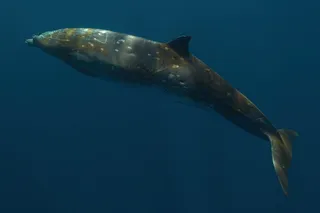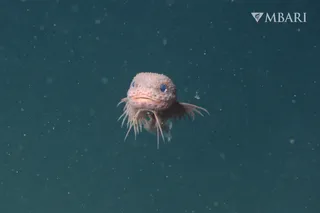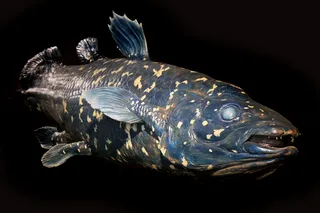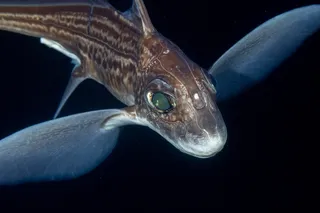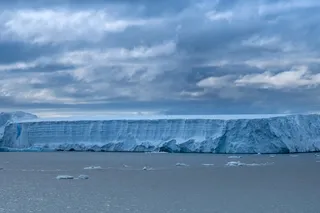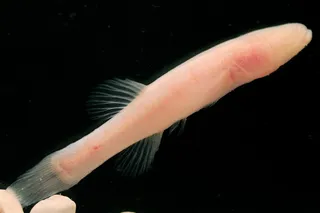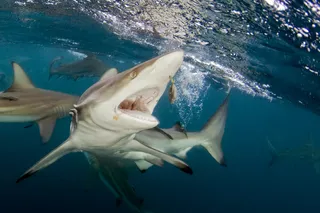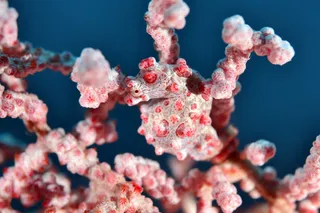Contrary to conventional wisdom, fish in the Nile delta are thriving in waters polluted with fertilizers and sewage, according to a new study. While nitrogen-rich runoff usually causes excessive growths of algae and plankton that suffocate other marine life, the Nile delta is different because it has suffered from a lack of autotrophs (that fish feed on) ever since the Aswan Dam was built in the 1960s. Researchers found that more than 60 percent of the current fishery production in the region can be attributed to human-generated runoff.
"This is really a story about how people unintentionally impact ecosystems," explained co-author Autumn Oczkowski [BBC News].
The building of the Aswan Dam on the Nile blocked off much of the fertile floodwater that drains into the Mediterranean Sea,
which in turn produced a sharp fall in the number of fish being landed by Egypt's fishermen. "But in the late 1980s, the ...



